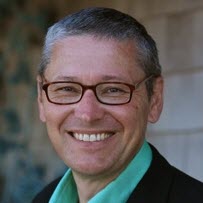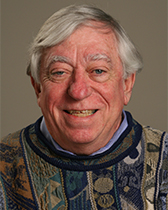The Brookings Institution is committed to quality, independence, and impact.
We are supported by a diverse array of funders. In line with our values and policies, each Brookings publication represents the sole views of its author(s).

Research
BPEA | 1996 No. 1

1996, No. 1
THE CONCEPT of a natural unemployment rate has been central to most
modern models of inflation and stabilization. According to these
models, inflation will accelerate or decelerate depending on whether
unemployment is below or above the natural rate, while any existing
rate of inflation will continue if unemployment is at the natural rate.
The natural rate is thus the minimum, and only, sustainable rate of
unemployment, but the inflation rate is left as a choice variable for
policymakers. Since complete price stability has attractive features,
many economists and policymakers who accept the natural rate hypothesis
believe that central banks should target zero inflation.